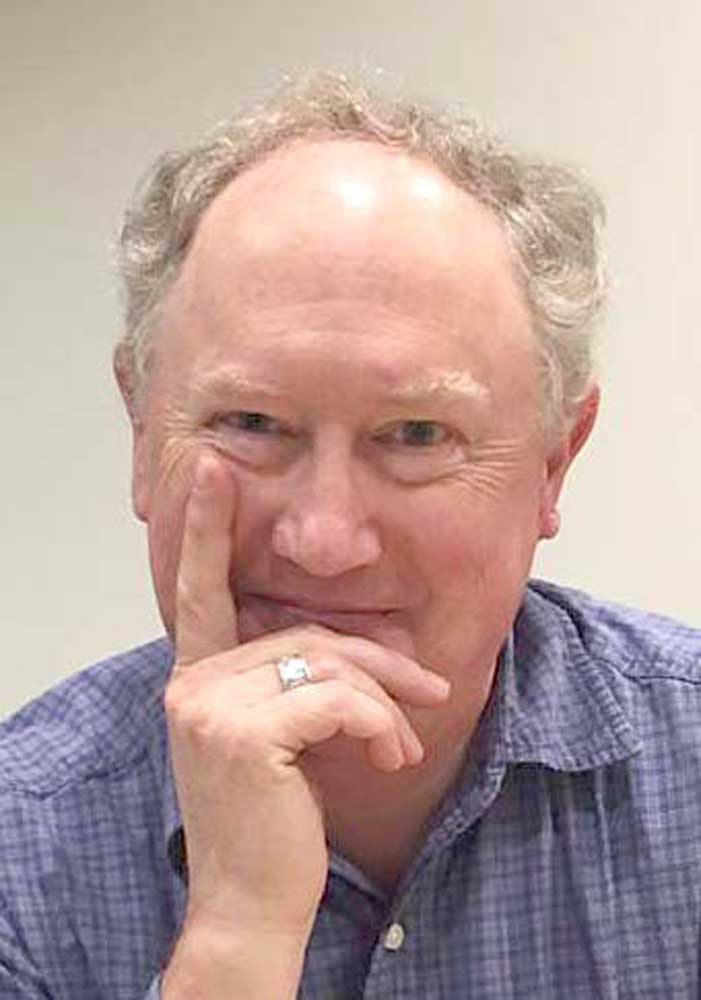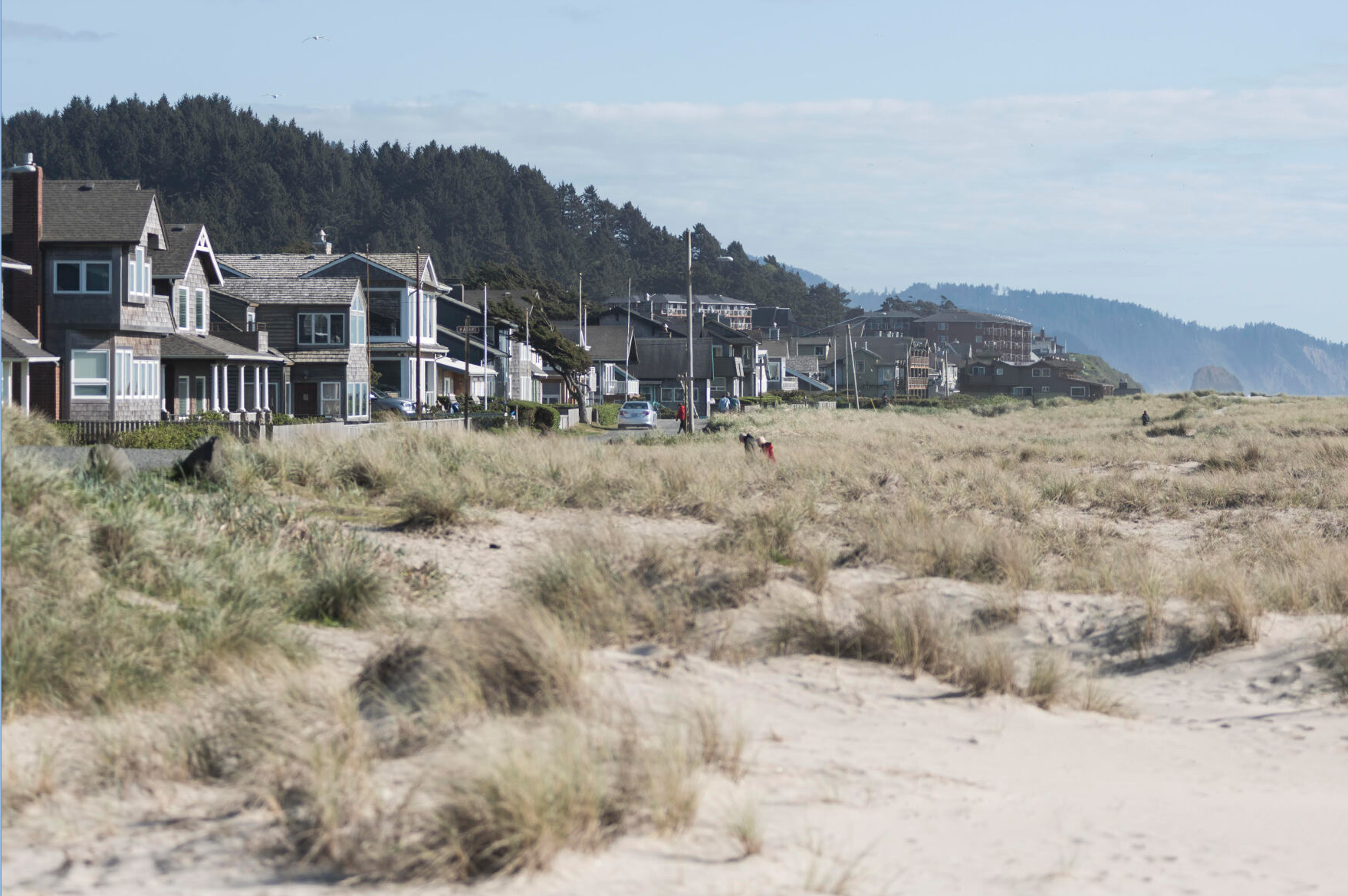Writer’s Notebook: An Oystervillian to his core
Published 12:30 am Thursday, November 7, 2024

- Matt Winters
Mike Parker was among the first people I met after moving to the peninsula in 1991. He was a denizen of Oysterville, which I idealized at the time as a modern-day Brigadoon, the fictional setting of Gene Kelly’s 1954 movie in which a quaint frozen-in-time Scottish village reappears for only one day each century.
Trending
Oysterville remains a rather magical place — my wife and I were married there in 1997, and most of its year-round residents are dear friends to me, though not necessarily to one another. If it’s true, as Dad claimed, that drinkin’, fightin’ and chasin’ are the unholy trinity of small-town life, then Oysterville certainly specializes in fightin’. Parker didn’t drink in his latter decades and his chasing mostly consisted of flirting with pretty tourists. But he knew his way around a fight.
One of the Northwest’s celebrated 20th century landscape architects, Parker came upon Oysterville in the 1970s and semiretired there in 1984 after professional achievements including his award-winning design of the corridor between Interstate 205 and Portland International Airport. He was in no sense ready to slow down, and with his cherished brother-in-arms Dick Sheldon he adopted the cause of safeguarding Willapa Bay and its iconic oyster industry. Together they held the line against overdevelopment for a generation, making strong allies and bitter enemies along the way. Perhaps a passion for preservation and a propensity for pissing people off are inseparably interlinked. I’d like to think not.
Explaining his motivations, Parker said, “I kept seeing more and more projects being built that I didn’t think should be built. More strip malls, more condo projects along the Oregon Coast. And really, if you have a respect for the land, you look at this and say you’re destroying something that people in our future are never going to see again.”
Trending
It’s hard to know Oysterville very much at all without forming an urge to throw a force shield around it. Parker built a contemporary window-rich little house facing east out across Territory Road toward the bay. One of his early fights with neighbors involved protecting his own view. No matter his motives, it’s good that expansive marshy meadow still remains open space.
Oysterville and the bay became Parker’s artistic muse. “All I had to do was take a bag with cameras and film in it and I was out the front door and I was at work. I didn’t have any specific shooting script, but I would identify elements,” Parker told an interviewer in 2006. He spent countless hours walking around and prowling above it in his small airplane, in which he perfected low-tech aerial photography, capturing every nuance of Willapa’s changing seasons and light. To his great amusement, one of these flights elicited an interception by military jets when official suspicions were aroused that he must be up to no good.
After an effort to donate his voluminous photo collection to the Washington State Archives came to naught — they wanted Parker to personally raise the money to professionally index and preserve it — his negatives and prints were still in his house when it burned to the ground this past January. Parker and his faithful dog made it out, but loss of his precious work must in some sense have contributed to his death late last month in a Klipsan Beach care facility. He turned 89 on Oct. 16.
Setting aside his annoying traits of monopolizing conversations and bullying opponents — one of our last talks involved him telling me how he secretly threatened a Portland planning official with physical violence if he didn’t approve Parker’s plans — he was in other respects a kindhearted and generous man. He took many young people under his wing, for instance mentoring students at Tongue Point Job Corps and doing all he could to facilitate the success of an Ilwaco High School runner. He stuck by former Oregon Gov. Neil Goldschmidt following the latter’s sex scandal; once you were Parker’s friend, he remained so through anything. I know he was thrilled to form a relationship late in life with his son, who popped up fully formed as a California highway patrolman. And he remained on surprisingly good terms with his ex-wives.
Much more could be written about Parker. I’m sure there will be those who think I’ve said too little, or too much, or shouldn’t take note of him at all. But he was without a doubt one of Pacific County’s most unique and colorful figures, a genuine Renaissance man worthy of being a character in the novel he wrote in recent years. As we mark his death, it pleases me to think of Parker as the rough and fearless motorcycle racer he once was, roaring and raging ungently into his last good night.









